Ford Edge Vs Hyundai Santa Fe: Which Mid-Size Crossover Is The Best Deal For Your Dollars?
In the mid-size, five-seat crossover SUV class, you won’t find many names more recognizable than the Ford Edge and the Hyundai Santa Fe.
The Ford Edge, introduced in 2007, was an instant hit following its launch thanks to Ford’s long-established reputation for hard-working trucks. The fact that its basic shape has changed very little in a decade and a half is a testament to the fact that Ford got a lot about the Edge’s design right the first time. Ford launched the current second-generation Edge in 2015 and refreshed it in 2019.
Hyundai’s Santa Fe has been around for more than 20 years now, and its popularity has grown steadily over that time as the company has refined its design and performance. The current generation, introduced in 2019, is the most remarkable yet thanks to styling and a list of features that convey an upscale image at mainstream prices.
Get a Quote on a New Hyundai Santa Fe or Ford EdgeIf you’re looking for a roomy family vehicle with five seats, the Edge and Santa Fe deserve to be on your test-drive list. But before you hit the showrooms, let us help you get an idea of what makes each of these vehicles special.
Powertrains
Edge: Ford offers two engines in the Edge. SE, SEL, ST-Line and Titanium all use a 2.0L turbocharged four-cylinder making 250 hp and 275 lb-ft of torque. It comes with an eight-speed transmission and a choice of front- or all-wheel drive.
The second Edge powertrain is a 2.7L turbocharged V6 in the performance-oriented ST trim level. It generates 335 hp and 380 lb-ft and also comes mated to an eight-speed transmission, but is standard with AWD.
Santa Fe: In the Santa Fe, you get three powertrains to choose from. SE and SEL trims are standard with a 2.5L four-cylinder with 191 hp and 182 lb-ft of torque.
Limited and Calligraphy trim levels trade up to a turbocharged 2.5L four-cylinder that cranks out 277 hp and 311 lb-ft. Both of those engines are matched with an eight-speed automatic transmission and either FWD or AWD.
You can also get the Santa Fe’s SEL and Limited models with a gas-electric hybrid powertrain consisting of a 1.6L turbo four-cylinder engine and an electric motor for 178 hp and 195 lb-ft. AWD is standard, but the transmission is a six-speed dual-clutch automatic.
Bottom Line: The Ford Edge gets the nod here, with more power on tap in both its base and uplevel packages. Hyundai makes up some ground in terms of variety thanks to its hybrid offering.
Fuel economy
Edge: Ford’s fuel economy estimates for the Edge are 21 mpg city, 29 mpg highway, and 24 mpg combined for a 2.0L model with front-wheel drive, and 21 city/28 highway/23 combined with AWD. The turbo V6-powered ST is rated for 19 mpg city, 25 mpg highway, and 21 mpg combined.
Santa Fe: Unsurprisingly, the Hyundai Santa Fe hybrid powertrain is the economy leader in this comparison. A Blue trim package promises 36 mpg city and 31 mpg highway for a combined 34 mpg, while the standard hybrid model is rated for 33/30/32 mpg (city/highway/combined).
Next up is the non-turbo 2.5L with FWD, with ratings of 25/28/26 mpg (city/highway/combined); AWD models are rated 22/25/24 mpg (city/highway/combined).
Finally, fuel economy for a Santa Fe with the 2.5L turbo engine starts at 22/28 mpg (city/highway) – or 25 mpg combined – with FWD, while AWD versions are rated for 21 mpg city/28 mpg highway/24 mpg combined.
Bottom Line: The Hyundai Santa Fe is the winner in this category. The base model’s 2.5L has a slight edge in combined fuel economy, but Hyundai’s turbo 2.5L is notably more efficient than the Edge’s 2.7L V6. Plus, Hyundai offers its upgraded engine in a thriftier FWD configuration, which Ford does not. And it goes without saying that, while the Santa Fe Hybrid is the least potent powertrain in this comparison, you won’t beat its fuel economy.
Pricing
Edge: The 2021 Ford Edge is priced to start at $33,495 in SE trim. SEL carries an MSRP of $35,935 and ST-Line and Titanium are both offered for $39,685. In all trims, adding AWD costs $1,995. The sport-oriented Edge ST comes standard with AWD at $44,345.
Santa Fe: 2021 Hyundai Santa Fe pricing starts at $28,185 in SE trim, $29,985 in SEL form, and $39,935 for the Limited trim level. In all three, adding AWD costs $1,700. Calligraphy (with standard AWD) starts at $41,935.
Bottom Line: The Santa Fe is a clear winner here, with its two entry trims coming in between $5,000 and $6,000 less than the two most basic versions of the Ford Edge. The Santa Fe’s top Calligraphy trim also costs significantly less than the top Edge ST, although the two are aimed at different types of drivers.
Tech and Features
Edge: Among the Ford Edge SE’s notable standard features are LED headlights and taillights, dual-zone automatic A/C, 18-inch wheels, a 12.0-inch infotainment touchscreen, and passive keyless entry. SEL trim adds an auto-dimming rearview mirror, upgraded seat fabric, heated front seats with power adjustments, and LED fog lights with signature lighting.
ST-Line gains 20-inch wheels, a power tailgate, wireless smartphone charging, and a universal garage door opener. Titanium also builds on the SEL model with leather seating, a heated steering wheel, rain-sensing wipers, a 110-volt power outlet, a 12-speaker stereo, wireless charging, and a garage door remote.
Santa Fe: In the Hyundai Santa Fe SE, you get 18-inch wheels, LED headlights and accent lighting, an 8.0-inch infotainment display, and single-zone manual A/C. SEL models add a power driver’s seat, heated front seats, and passive keyless entry.
Limited trim gains 19-inch wheels, LED taillights, power-folding side mirrors, a panoramic sunroof, a hands-free power tailgate, leather seating, ventilated front seats with power front-passenger adjustments, heated rear seats, a 10.25-inch touchscreen, a surround-view camera monitor, wireless smartphone charging, dual-zone auto A/C, a heated steering wheel, a digital gauge cluster, a 115-volt power outlet, auto-dimming rearview mirror, and near-field communication (NFC) key technology. Finally, Calligraphy adds 20-inch wheels, Nappa leather seating, a head-up display, suede headlining, and ambient cabin lighting.
Bottom Line: The Hyundai Santa Fe gets the win here. Ford includes more standard features in the Edge, but at a higher starting price. In addition, the Santa Fe Limited and Calligraphy models include features that either cost extra in the Edge or are not available at all.
Safety
Edge: The entry-level Ford Edge SE comes standard with the Co-Pilot 360 suite of safety features, which comprises blind spot monitoring, rear cross-traffic alert, lane keeping alert/assist, forward collision warning with automatic braking, rear parking sensors, and automatic high beams.
If you choose the Edge’s SEL, ST-Line, Titanium or ST trims, you can add Co-Pilot 360 Assist+ as an option, which brings adaptive cruise control with lane centering, and evasive steering assist. Edge Titanium is also available with active park assist, which includes front and rear parking sensors.
Santa Fe: The Hyundai Santa Fe SE comes with forward collision avoidance assist, lane-keeping assist, and driver attention warning. You have to move up to SEL to get blind spot monitoring and rear cross-traffic warning, rear-seat occupant alert, and safe exit assist. Limited and Calligraphy gain front and rear parking sensors, remote smart parking assist, and a highway driving assist function with lane following.
Bottom Line: Here, the Hyundai Santa Fe ekes out a narrow win. The Edge comes standard with more driver assist features, but the Santa Fe SEL matches the base Edge’s content at a lower price.
However, if you’re looking for the latest in advanced safety tech, the Santa Fe offers more in its upper trims, like a rear-seat occupant alert, safe exit assist, and a high-tech remote parking assist function.
Cabin Space
Edge: Ford says the Edge’s front-seat headroom is 40.2 in., while those in the rear enjoy slightly more space, at 40.3 in of headroom. The Ford Edge offers you 42.6 in. of legroom in its front seats, and 40.6 in. in the rear.
Santa Fe: If you buy a Santa Fe, you get 41.2 in. of headroom in the front seats, and 39 in. in the rear. (An optional sunroof reduces those figures, however, to 39.5 in. up front and 37.8 in. for rear-seat passengers). Front-seat legroom measures 44.1 in. Those riding in the back get 41.7 in. of legroom, except in hybrid models, whose rear-seat legroom is reduced to 40.8 in.
Bottom Line: This particular contest is a close one, but the Hyundai Santa Fe gets the win for its extra front-seat headroom, and a notable bonus in legroom for both front and rear seating positions.
Cargo and Towing
Edge: Ford measures the Edge’s cargo space at 39.2 cu. ft. behind the rear seats, which expands to 73.4 cu. ft. behind the front seats, with the rear seats folded. Ford says all Edge models with AWD are rated to tow 3,500 lb, but the company doesn’t say how much a FWD version can tow.
Santa Fe: In the Hyundai Santa Fe, you get 36.4 cu. ft. of cargo space behind the rear seats, or a maximum of 72.1 cu. ft. behind the front seats.
Hyundai says the Santa Fe 2.5T is rated to tow as much as 3,500 lbs with trailer brakes. The base 2.5L and hybrid models are good for towing 2,000 lbs with a braked trailer. The limit falls to 1,650 lbs for all three powertrains if your trailer has no brakes.
Bottom Line: The Ford Edge is the winner here, boasting more cargo space behind the front and rear seats, and a maximum towing capacity that matches that of the Santa Fe. We quality the Edge’s win with the fact that if you have a trailer to tow, the Santa Fe’s maximum applies to its simpler front-drive models, while Ford requires AWD for maximum towing capability.
Verdict: Ford Edge vs Hyundai Santa Fe
The Hyundai Santa Fe is the overall winner in this contest, but not by a large margin. Hyundai’s victory is based on its outperforming the Edge in the cabin space, fuel economy, tech and features, and pricing categories. Ford is one of the few mainstream automakers that brings a sporty crossover – the Edge ST – within reach of budget-minded buyers. However, the Santa Fe’s attractive pricing, coupled with its upscale appearance and available luxury features, makes it the more compelling choice in a market aimed squarely at family drivers looking for the best value for their dollars.
Become an AutoGuide insider. Get the latest from the automotive world first by subscribing to our newsletter here.
More by Chris Chase




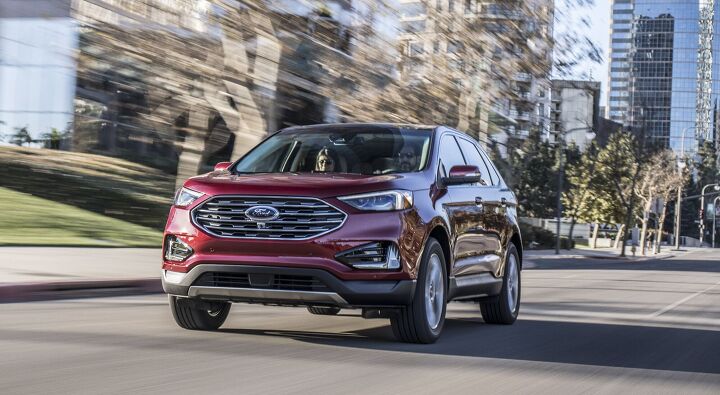

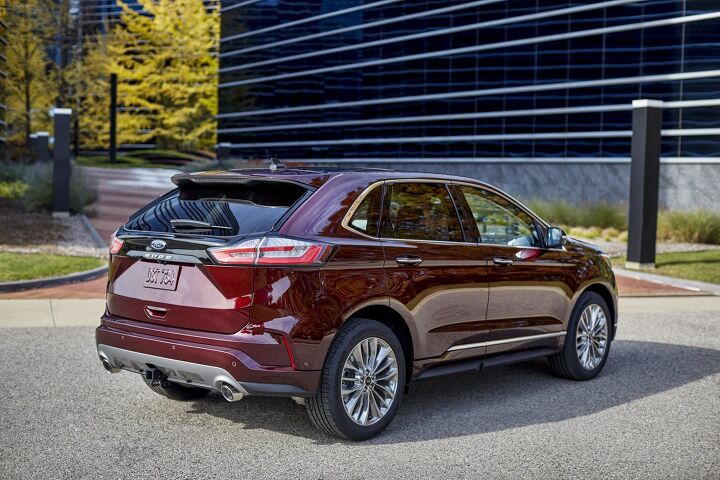
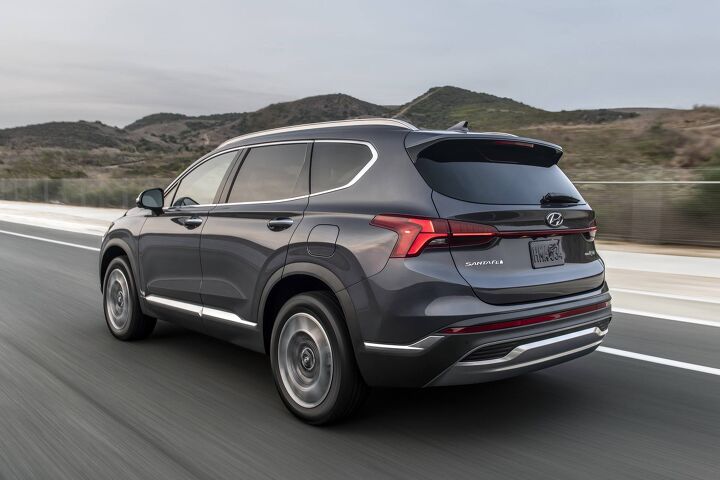






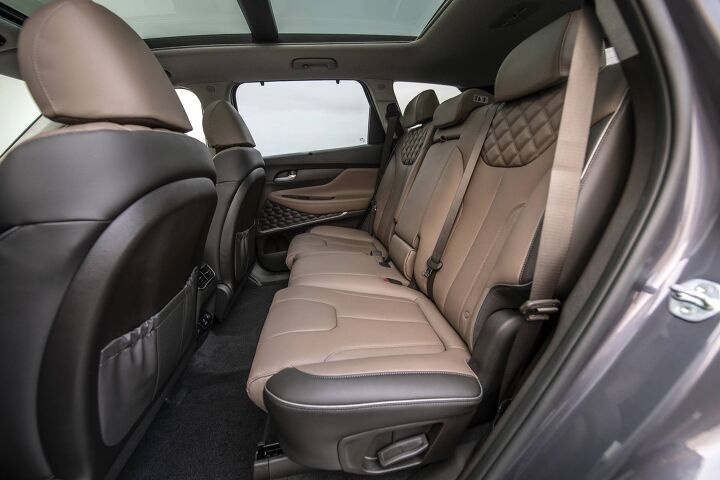

















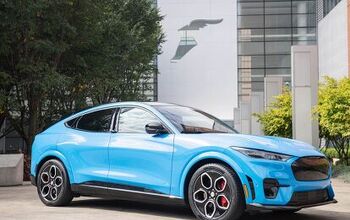



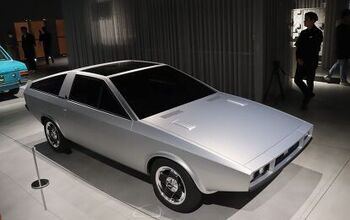

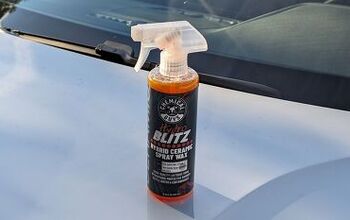



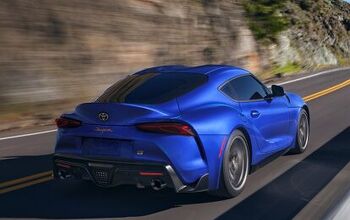



Comments
Join the conversation